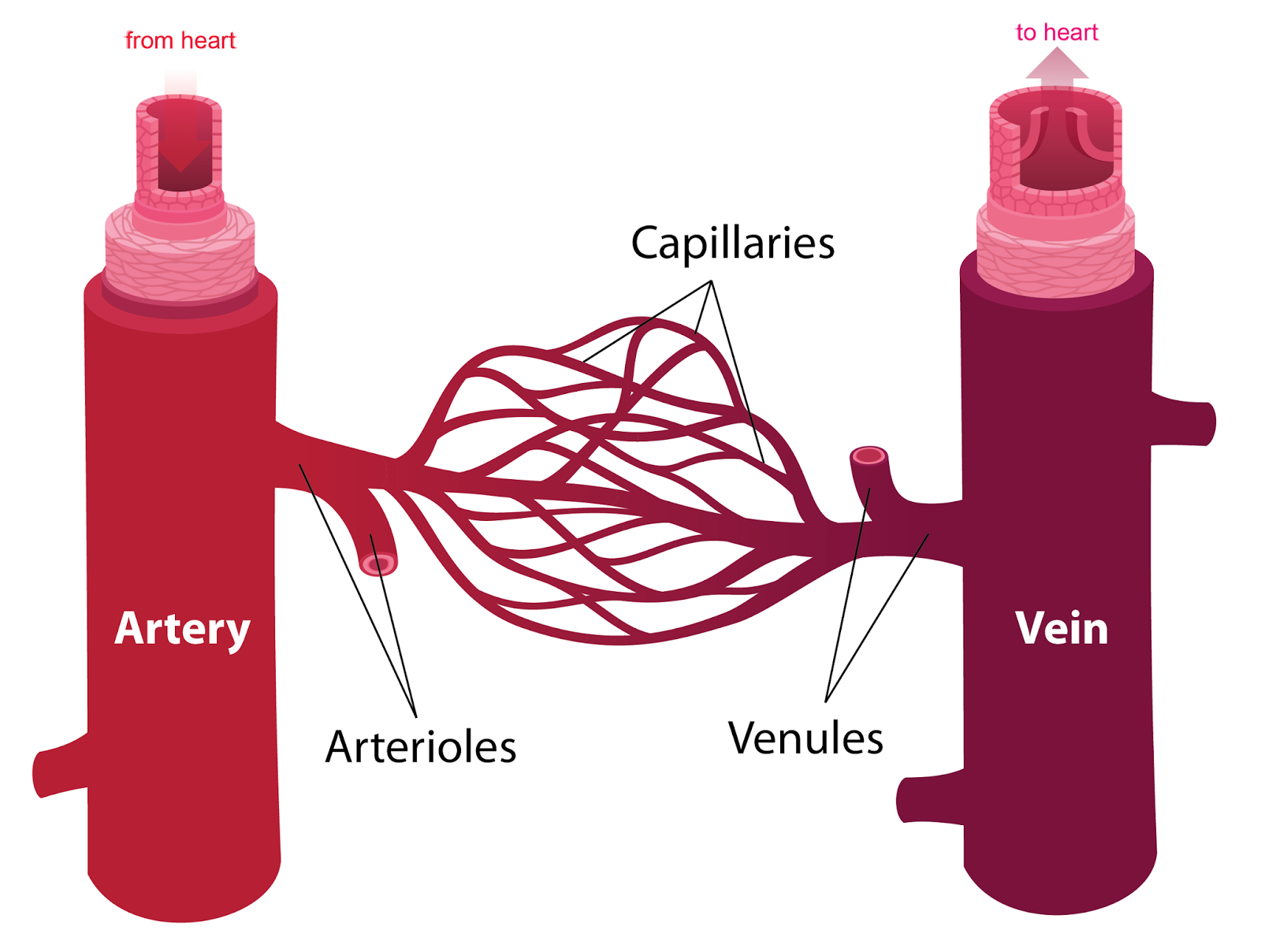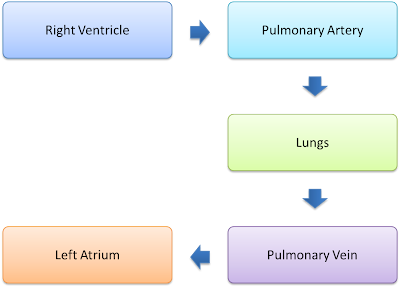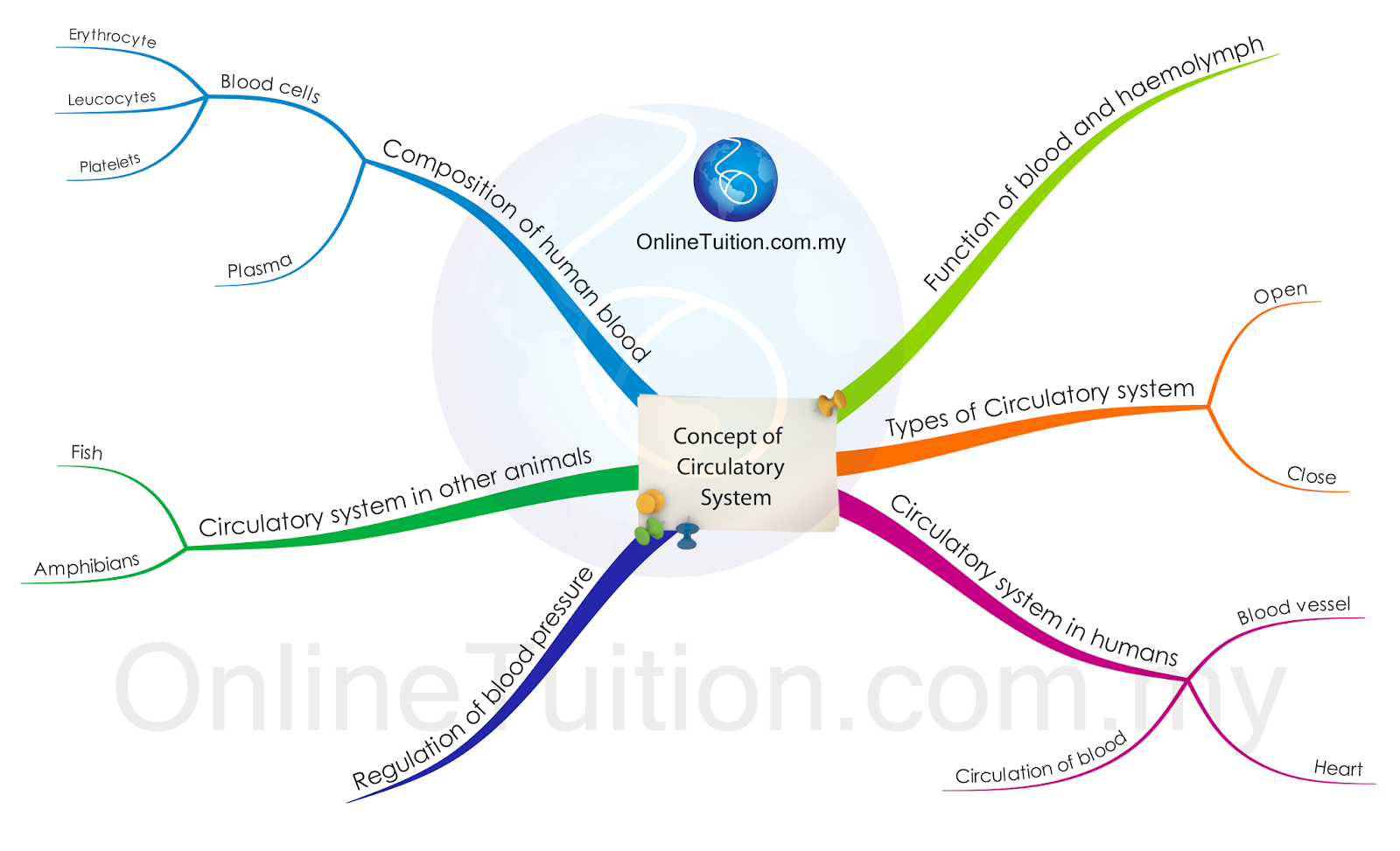(Image by unknown author under Creative Commons Attribution-Share Alike 3.0 Unported license.)
Structure
- The human heart consist of four compartment:
- two upper chambers (left atrium and right atrium)
- two lower chambers (left ventricle and right ventricle)
- The chamber to the right is separated from the chamber to the left by a wall called septum.
The Atria and Ventricles
- The atria are smaller and have thinner wall compare to the ventricles.
- The ventricles have thicker wall because they have to pump the blood to other organs of the body with greater pressure.
- Also, the wall of the left ventricle is thicker than the right ventricle because the right ventricle only has to pump blood to the lungs whereas the left ventricle has to pump blood to all parts of the body.
The Valves
- The function of the valves in the heart are to prevent the back flow of blood.
- There are 4 valves in human heart (as shown in figure above):
- the tricuspid valve
- the bicuspid valve
- the semi-lunar valve
- the aortic valve
Contraction of Heart
- The wall of the heart is made up of cardiac muscle, which is myogenic.
- Myogenic contraction is the contraction of muscle without nervous stimulation.
- Contraction of heart is started by sinoatrial node (also known as the pacemaker)














